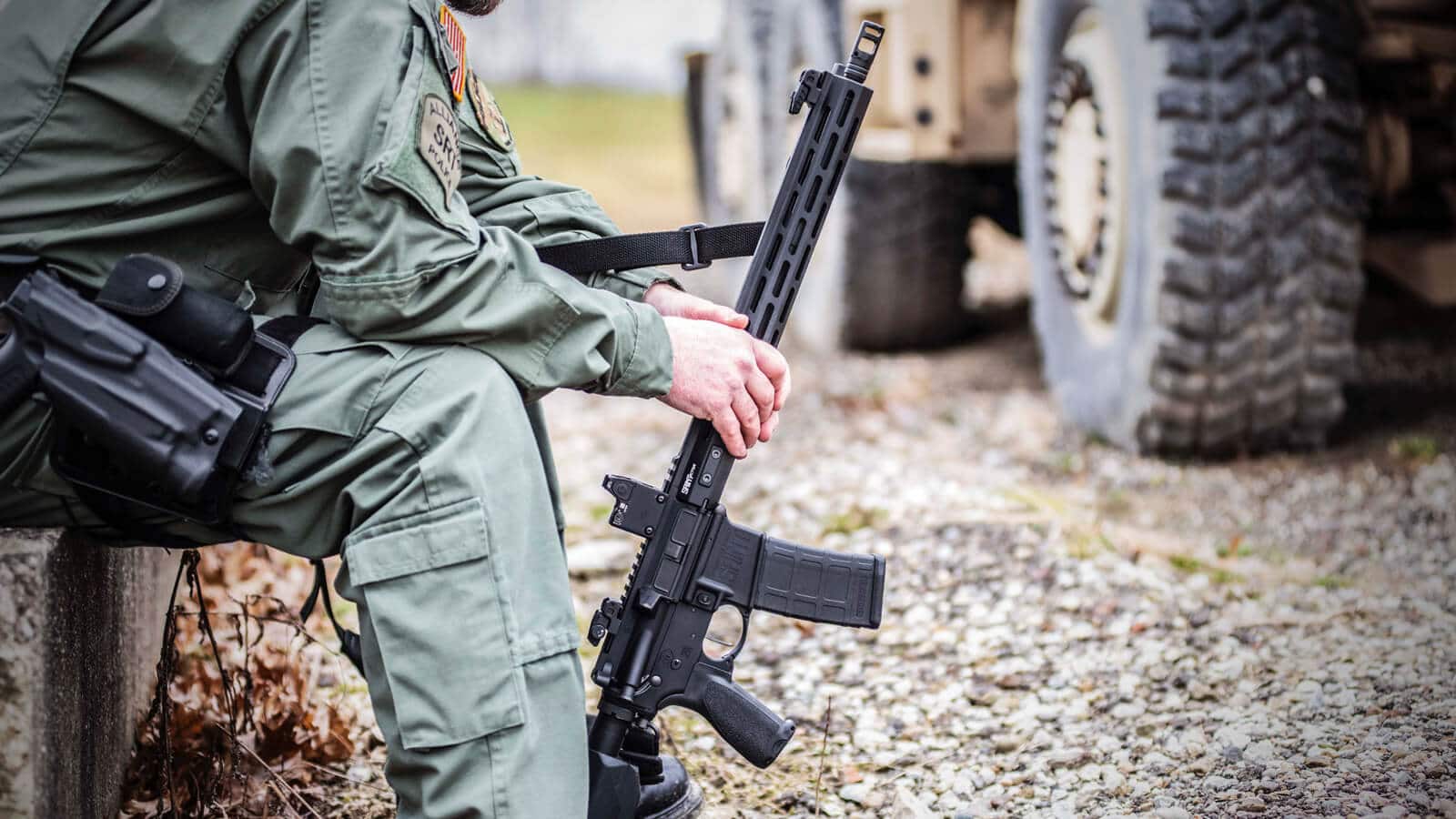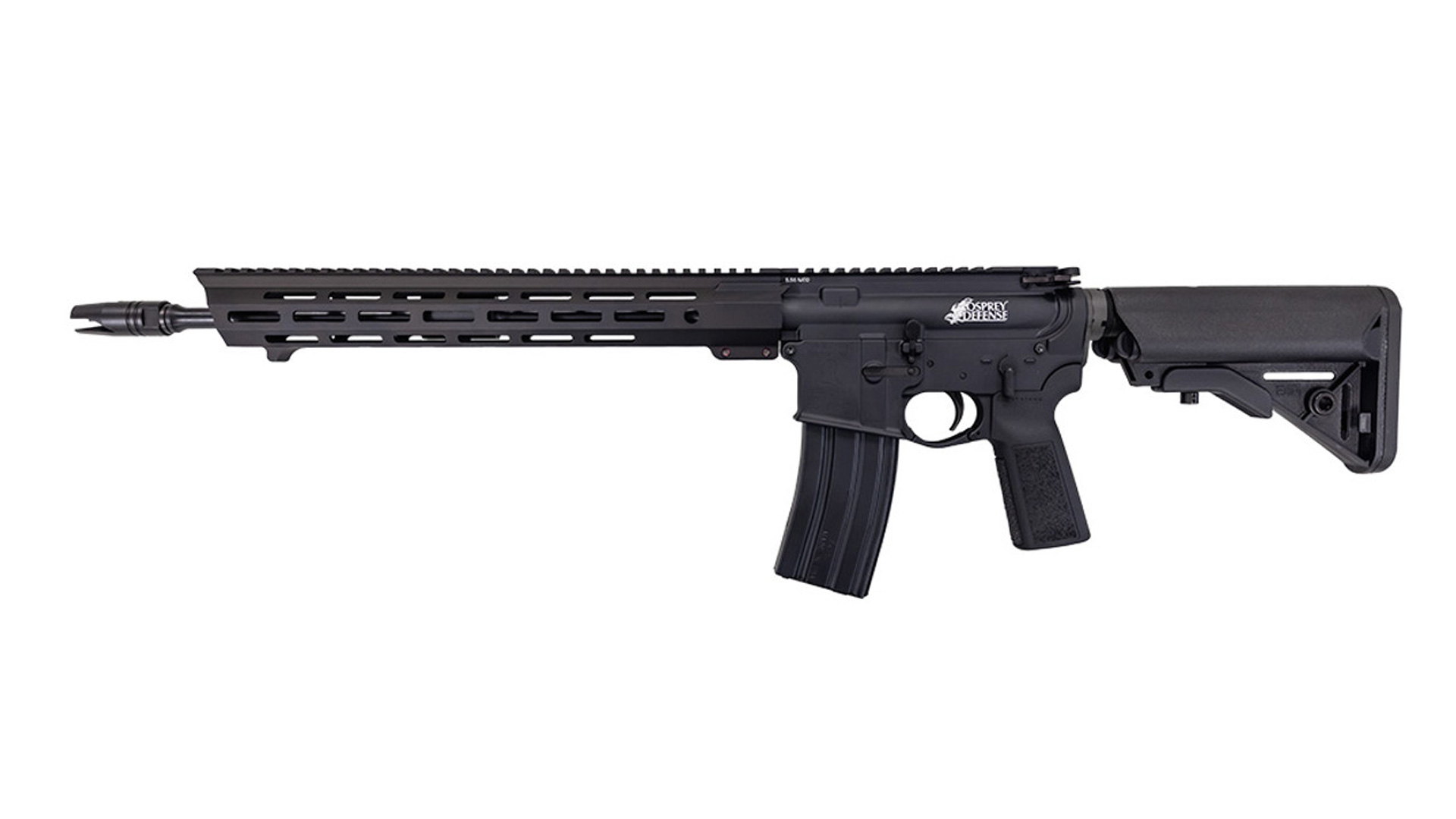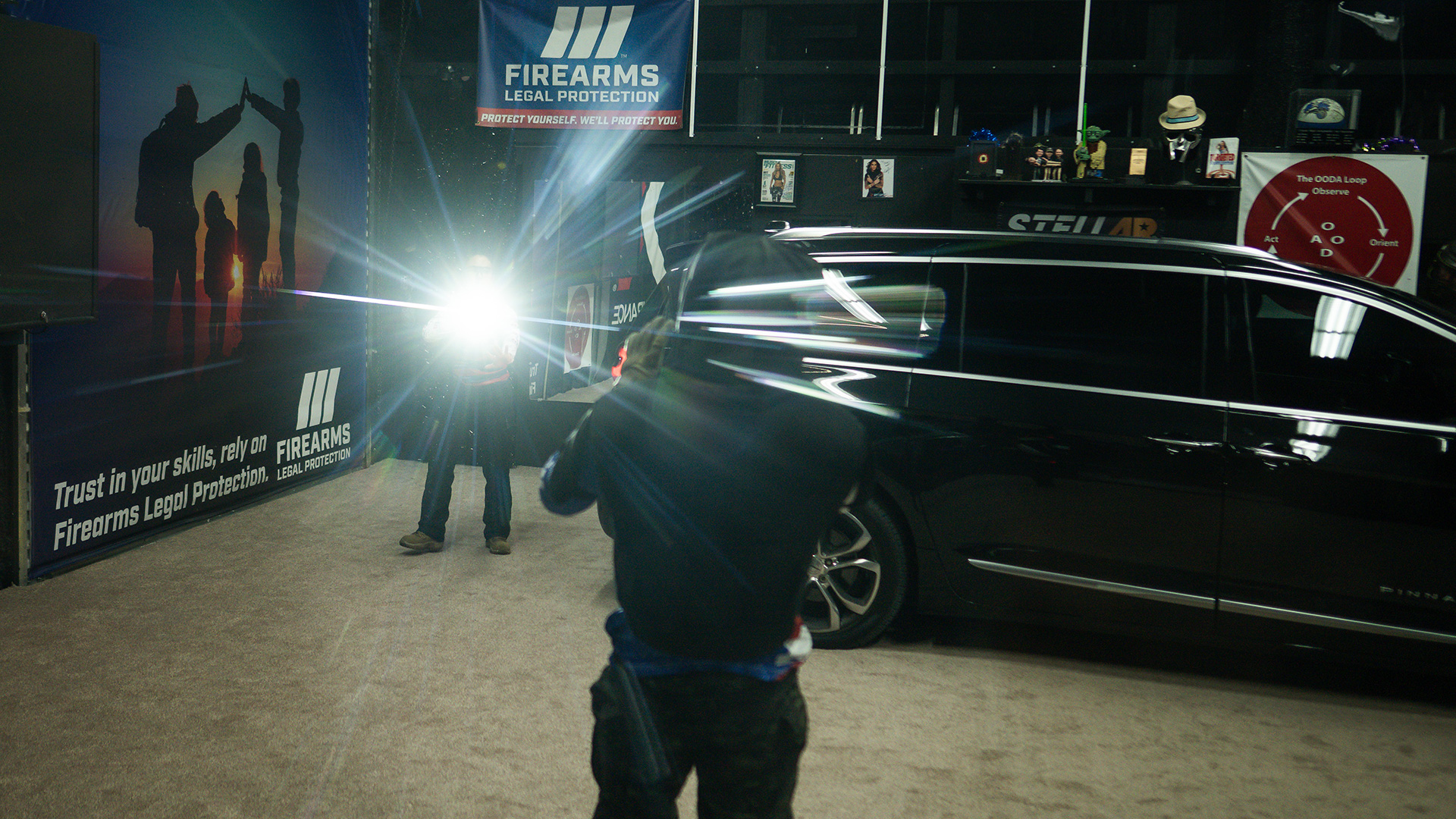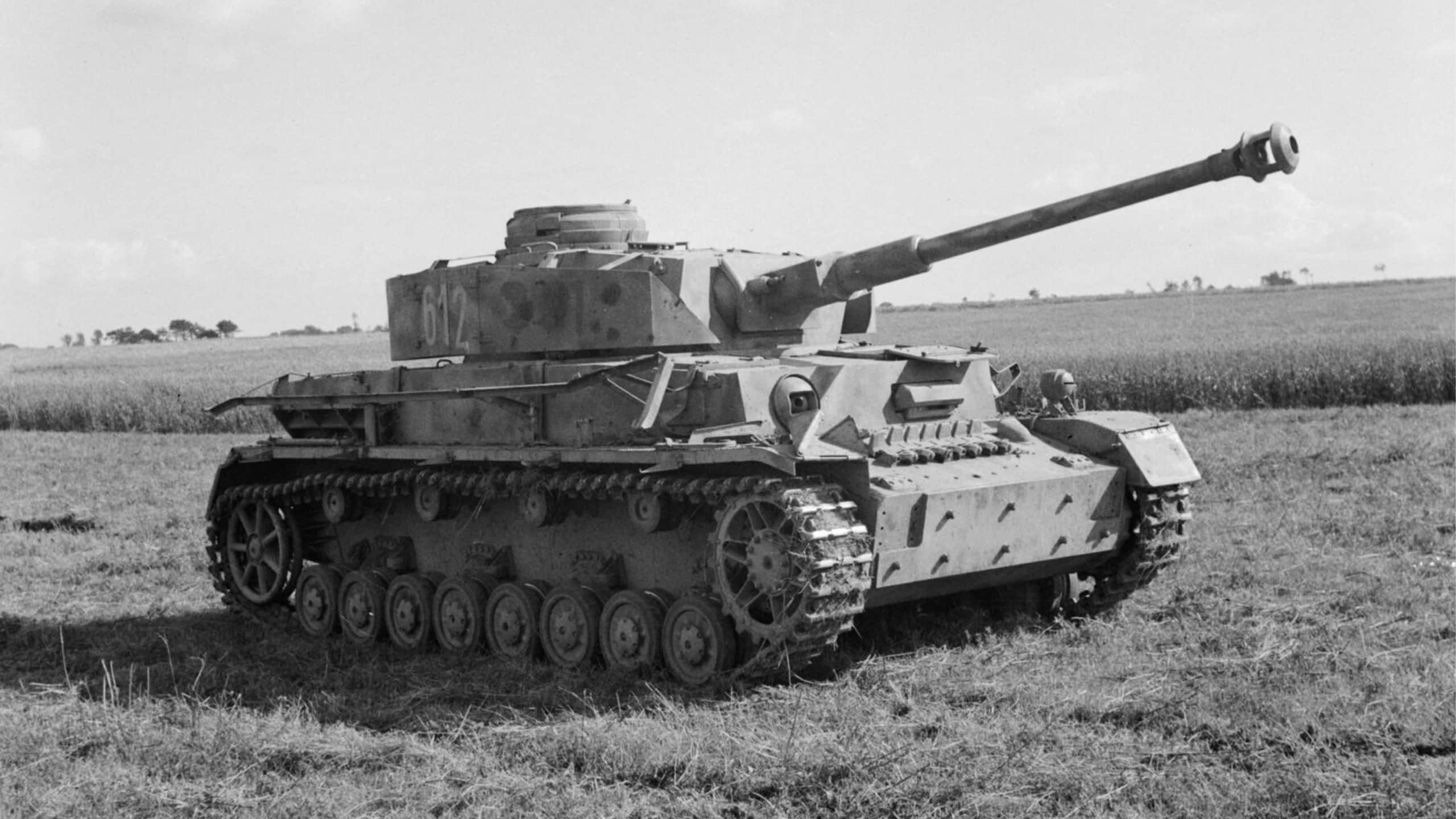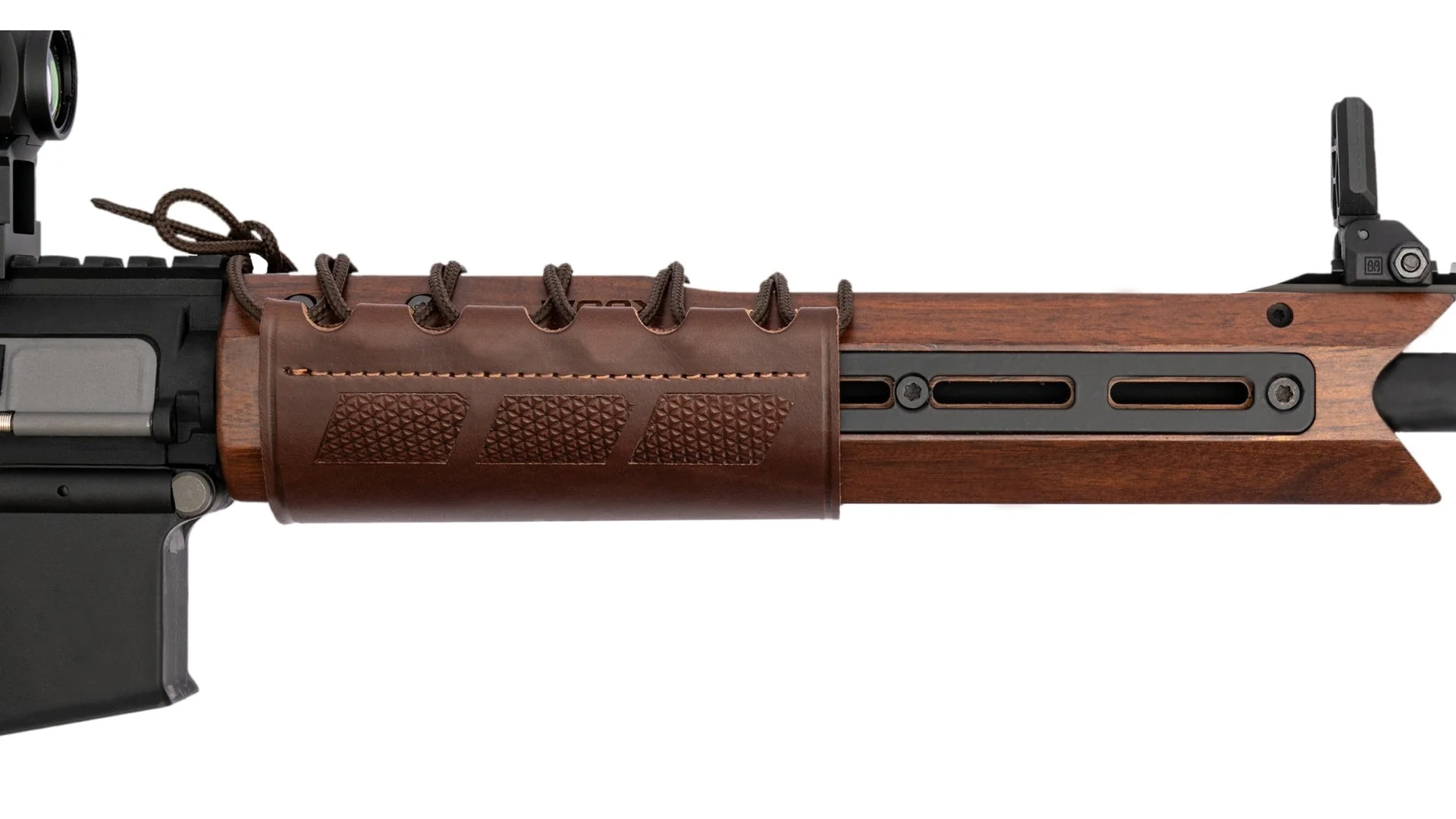.25 Creedmoor: A Huge Niche
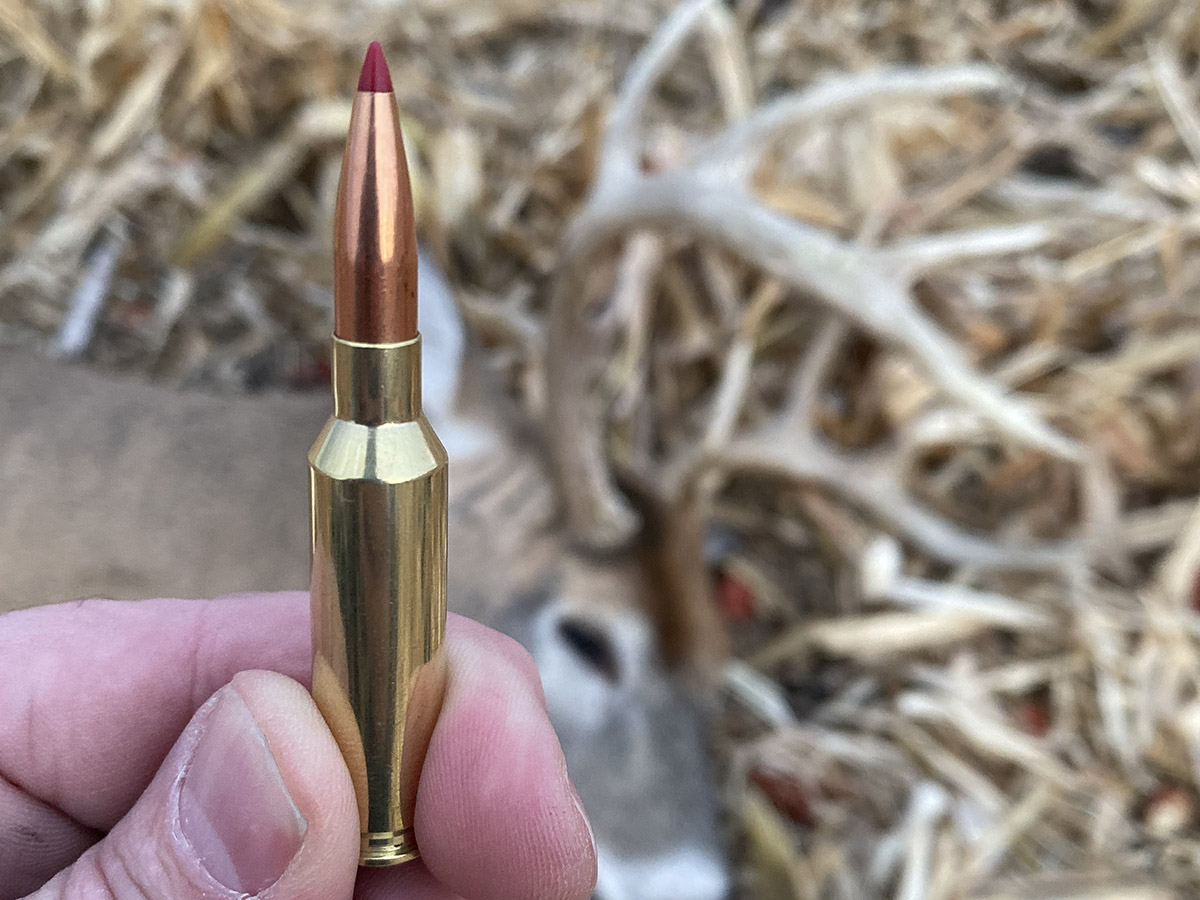
A look at the logistics and legitimacy of the quarter-bore .25 Creedmoor cartridge.
Neophobia is the fear of new things, and though it’s most often thought of in relation to kids who fear trying new food, it also applies to shooters.
A lot of shooters scoff at the introduction of any new cartridge, not because they cannot fathom its usefulness and application, but because it challenges the status quo or the ballistic norm they exist in.
These folks often say things like, “What does it do that another cartridge cannot?” Or maybe they claim a new cartridge is an answer to a question no one was asking. I expect that, when it comes to the .25 Creedmoor, many afflicted with neophobia—maybe even you—will utter a similar phrase.
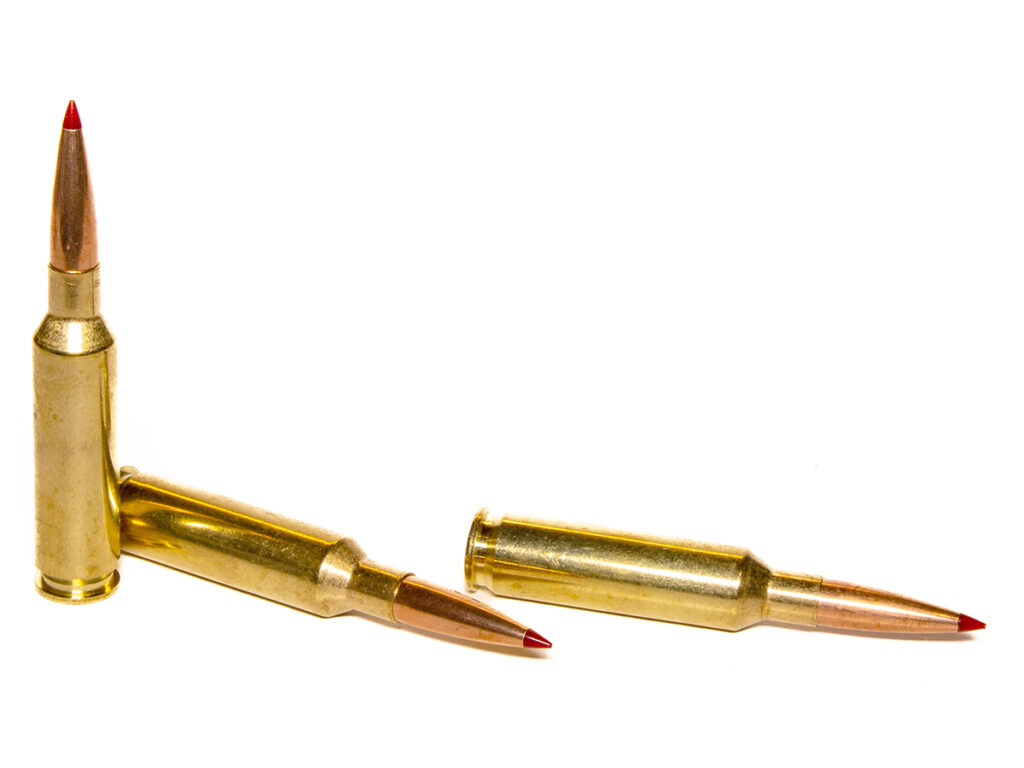
This neophobic response to new cartridges has always rubbed me wrong. That’s partly because every new cartridge does fill a need, even though that need might be very niche. But it’s also partly because it is through the development of new cartridges that we ended up with things like the .308 Winchester, .223 Remington and 6.5 Creedmoor.
New cartridges are just examples of evolution, driven by advancements in ballistic understanding or need, and both these things were instrumental in the creation of the .25 Creedmoor.
Quarter-Bore History
Cartridges with a 0.257-inch bullet—a quarter bore—have traditionally been very popular with hunters. The first such cartridge was the .250 Savage, or .250-3000, which loaded to 45,000 psi, was the first American-made cartridge to break the 3,000-fps mark. The .250 Savage would push a 100-grain bullet to around 2,800 fps. It became immensely popular with hunters, because with its 1:14 twist rate, it provided them with a single cartridge that would work very well for varmints with lightweight bullets and for big game with heavier bullets.
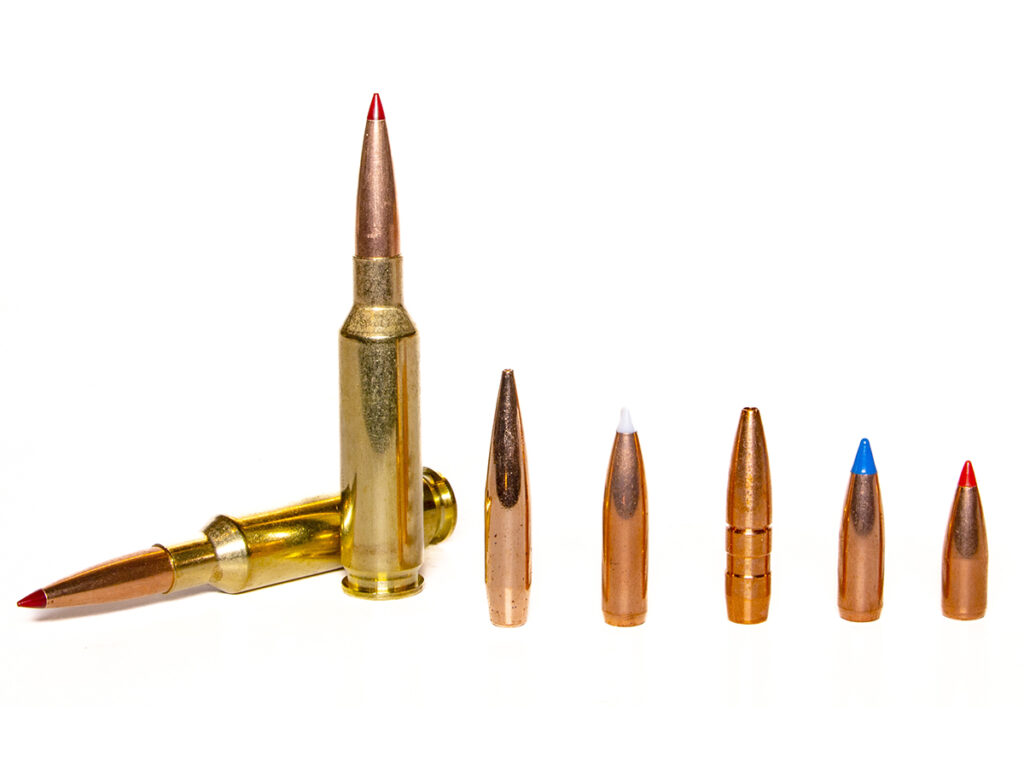

Not long after Savage introduced the .250-3000 in 1915, Remington legitimized a wildcat cartridge gun writer Ned Roberts created. In 1934, Remington called this cartridge .257 Roberts and wisely gave it a 1:10 twist rate to handle longer and heavier bullets than the .250 Savage could.
However, for some ridiculous reason, most of Remington’s .257 Roberts factory ammunition was loaded with a round-nosed 117-grain bullet. Furthermore, they requested that SAAMI (Sporting Arms and Ammunition Manufacturer’s Institute) approve the cartridge at a pressure of only 45,000 psi. The .257 Roberts would outperform the .250 Savage, but not by much.
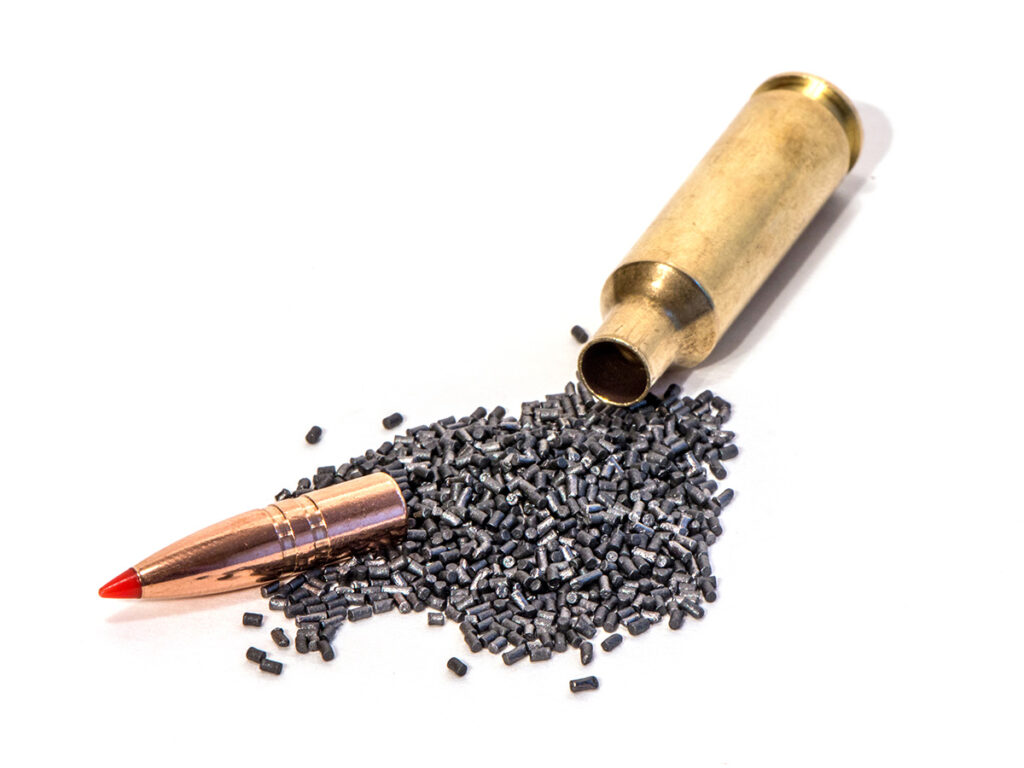

Fortunately, other ammunition manufacturers began loading +P .257 Roberts ammo at 50,000 psi that would push a 100-grain bullet to about 3,100 fps. However, the cartridge is at its best in a long-action rifle.
The best ballistically performing quarter-bore cartridge was introduced in 1944: It’s .257 Weatherby Magnum, and it can launch a 100-grain bullet to about 3,600 fps. Like the .257 Roberts, it also had a 1:10 twist, and the cartridge was very popular for a while, but there were two problems with it. First, it came with an intense muzzle blast, and while the recoil was not terrible, it seemed a bit stiff for a rifle that a hunter wanted to use for rock chucks and mule deer.
Too much of a good thing is possible.
In 1969, Remington tried to fill the gap between the .257 Roberts and the .257 Weatherby with a new cartridge called the .25-06 with a 1:10 twist. It was a .30-06 necked down to fire a quarter-inch bullet, and it would squirt a 100-grain bullet out of a 24-inch barrel at about 3,200 fps.
For about 2 decades, the .25-06 was very popular, but by the ’90s, many American hunters were beginning to transition to specialized rifles. No longer was the dual purpose—varmint and deer—rifle enough. With modern manufacturing techniques, rifles were becoming more affordable, and hunters wanted a specific rifle for every different thing they wanted to hunt.
The industry’s last real attempt at a quarter-bore dual-purpose cartridge was in 2004 when Winchester introduced the .25 WSSM. This short and fat cartridge offered performance similar to Remington’s .25-06, but it was about as popular as a toothache. Also, with the lawsuit against Winchester from former gun writer Rick Jamison, Winchester discontinued all their WSSM cartridges to avoid paying him royalties.
Enter The Creed
Given the fact that the dual-purpose rifle cartridge had lost a lot of its appeal—clearly proven with the failure of the 2008, AR-15 compatible, .25-45 Sharps cartridge—the concept was mostly abandoned. This was also the year Hornady introduced the 6.5 Creedmoor, which, though it was a hit with competition shooters, didn’t really catch on until the notion of shooting at stupid long distances was buoyed by the American Sniper movie in 2014.
What made the 6.5 Creedmoor appealing was that the cartridge case was short enough to work with very long and high ballistic coefficient bullets, but it still fit inside a short-action rifle, like a standard Remington 700 or even an AR-10. It also did not kick hard.
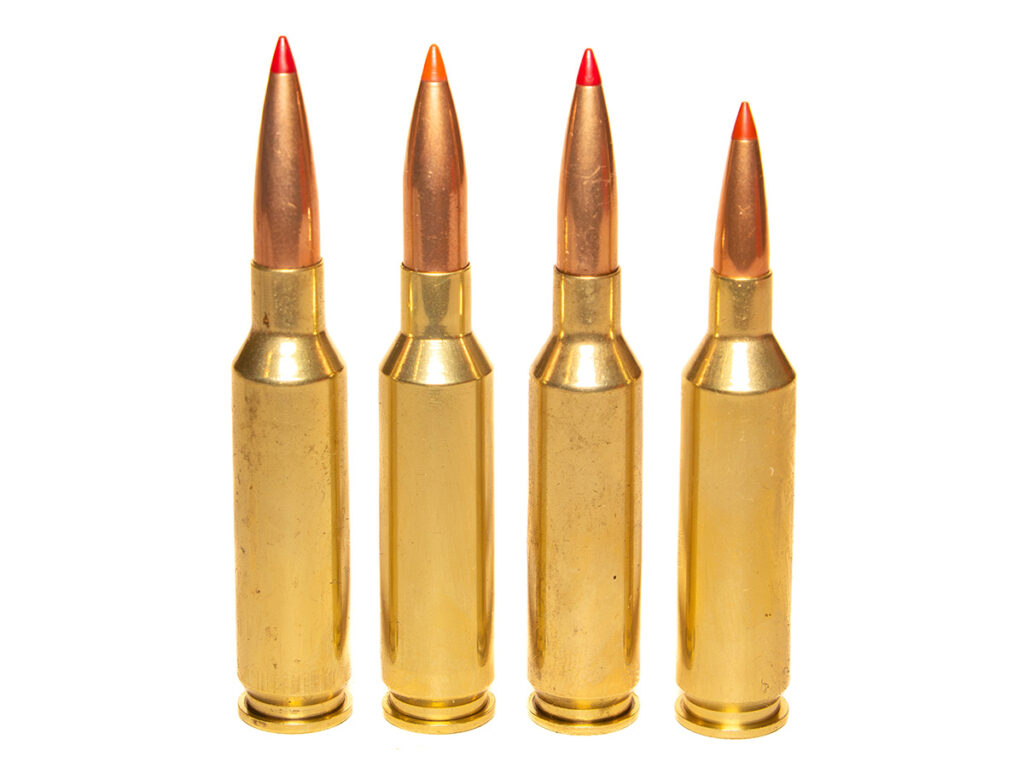

By 2015, the 6.5 Creedmoor was on its way to rock star status, and Hornady tried to capitalize on it with the 6mm Creedmoor, which was a 6.5 Creedmoor case necked down to work with a 6mm bullet. Like the 6.5 Creedmoor, the 6mm Creedmoor came with a fast twist rate that allowed for the use of high coefficient (BC) bullets.
Compared to the 6.5 Creedmoor, the 6mm Creedmoor has been only marginally successful—I think partly because it cannot handle the heavier bullets hunters like to use for game larger than deer.
Early .25 Creedmoor Development
While Hornady was screaming the praises of the 6mm Creedmoor, I saw the practicality in creating a better quarter bore by necking the 6.5 Creedmoor down to 0.25-caliber. The cartridge would essentially duplicate, if not outperform, the .257 Roberts, but it would also work in a short-action rifle. With the help of two other West Virginia gunsmiths—Jerry Dove and Mike Cyrus—I created that cartridge in 2015 and, sort of tongue-in-cheek, called it the 2Fity-Hillbilly.


I began hunting with it immediately, and with lightweight 70-grain bullets pushed to around 3,600 fps, it was instant death on groundhogs and coyotes. But with heavier bullets like the 100-gain Partition at about 3,200 fps, and 110-grain AccuBond and ELD-X bullets pushed nearly as fast, it was a serious deer killer.


I tried to get Hornady to legitimize the cartridge through SAAMI, but they were not interested. In fact, instead of going with the 2Fity-Hillbilly—which is the .25 Creedmoor as a wildcat—a decade ago, their next Creedmoor was in 2023 when they legitimized the .22 Creedmoor. The .22 Creedmoor is sort of a modernized—fast twist—version of the .22-250 Remington. As with most modern rifle cartridges introduced in this new century, specialization has been the guiding force.
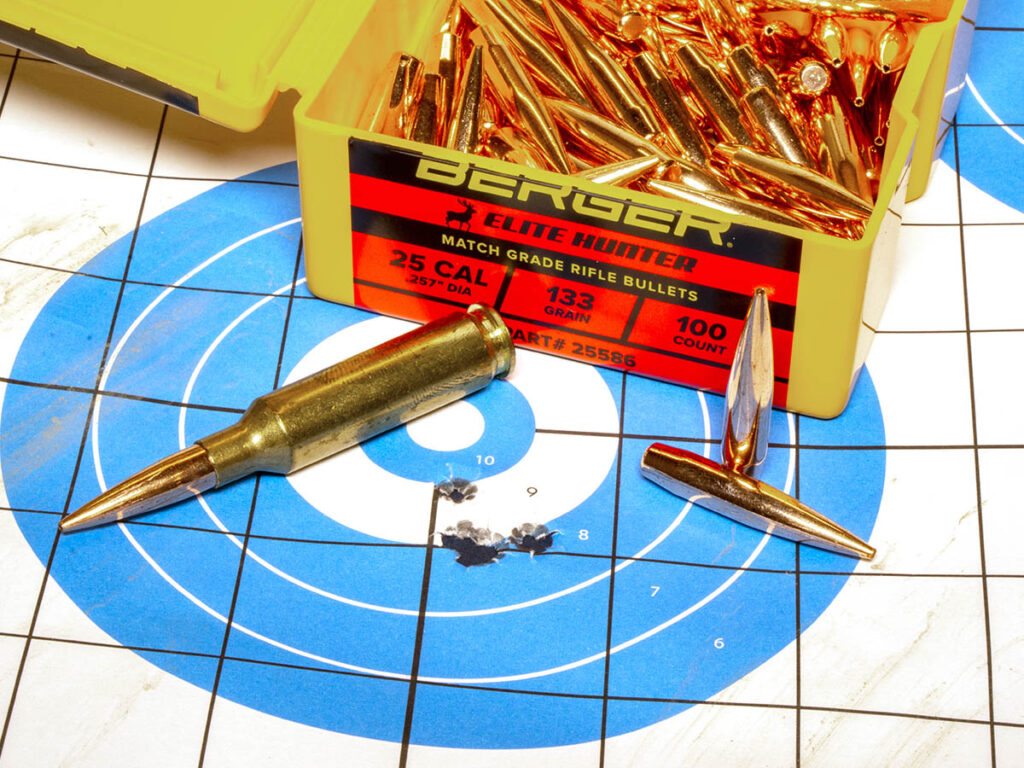

Then, somewhat surprisingly, in 2025, Hornady announced they had gained SAAMI approval for the .25 Creedmoor. For now, they’re offering only two loads that include a 128-grain ELD-X Precision Hunter load at 2,850 fps and a 134-grain ELD-Match load at about the same speed. According to Hornady, “The .25 Creedmoor is the end result of our constant pursuit of maximizing ballistic potential. This cartridge fills that competitive niche between 6mm and 6.5mm—providing shooters the absolute best blend of moderate recoil, flat trajectory and superior wind resistance.”
A Big Niche
It’s great that Hornady has answered the call of others who were competing with the .25 Creedmoor in a wildcat form like mine. With its 1:7.5 twist, it will handle very aerodynamic bullets and shoot right with the 6.5 Creedmoor at distance. However, the real appeal of this cartridge calls back to the true forte of the quarter-bore cartridge, which is dual-purpose use on varmints and big game. It will shoot light bullets that the 6.5 Creedmoor cannot, and it will shoot heavier bullets that are too much for the 6mm Creedmoor.
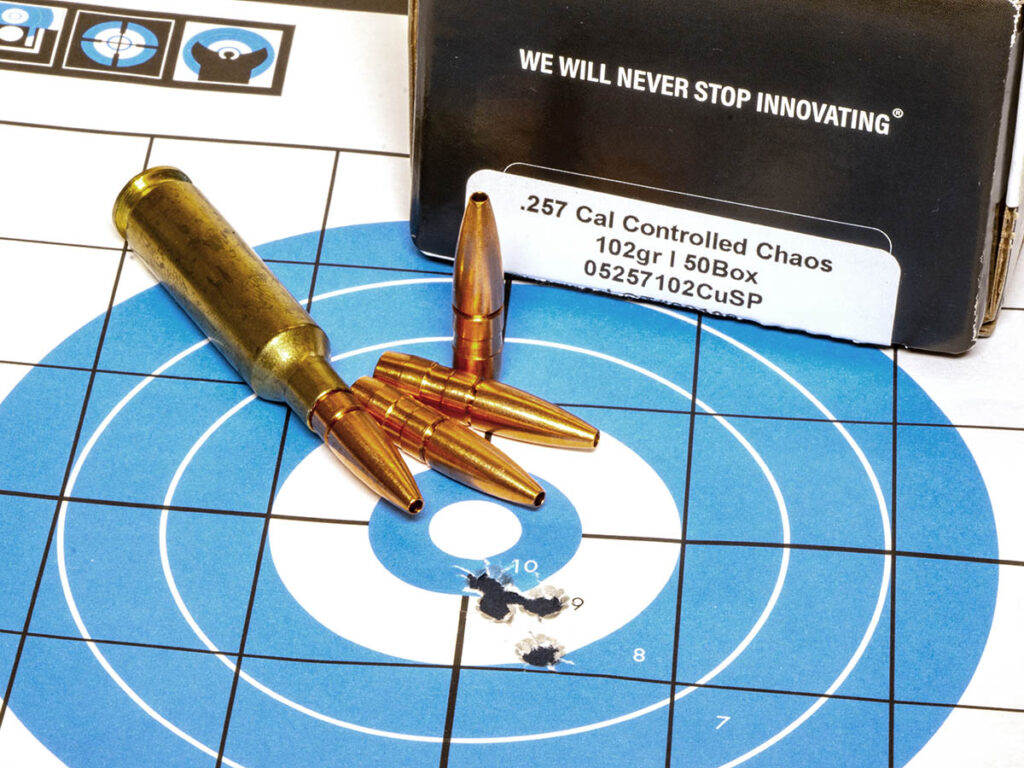

The question is: Are shooters and hunters ready for another dual-purpose cartridge, or are they committed to different rifles for everything they do? The long-range precision ability of the 6.5 Creedmoor has driven many shooters to purchase expensive rifles so they can extract all the cartridge has to offer. The problem with a different rifle for every pursuit is that if you want maximum performance in every area, you must buy an expensive rifle for every cartridge you use.
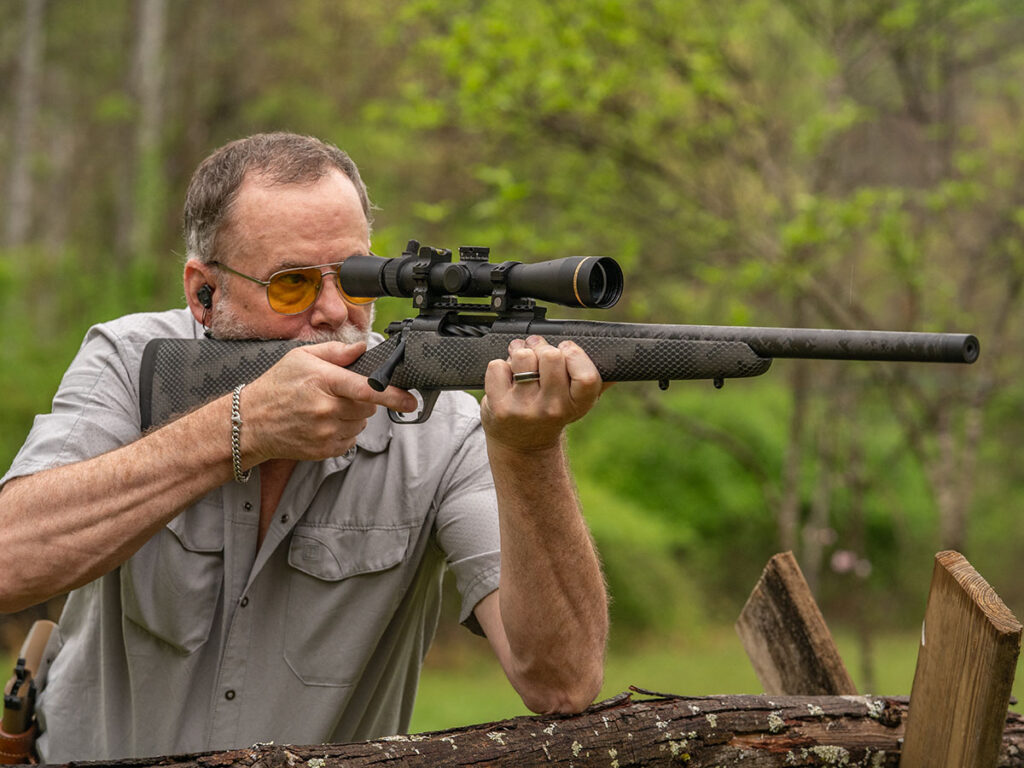

The .25 Creedmoor allows for the purchase of a single, nice and expensive rifle that you can use to do most anything you want. It fills the traditional 0.25-caliber niche and does it better than any previous cartridge in any caliber.
.25 Creedmoor Ballistic Performance (20-inch barrel)
| LOAD | TYPE | VELOCITY (FPS) | ENERGY (FT-LB) |
| Hornady 134-grain ELD-Match | Factory Load | 2,760 | 2,266 |
| 75-grain Hornady V-Max | Handload | 3,519 | 2,062 |
| 85-grain Nosler Ballistic Tip | Handload | 3,440 | 2,233 |
| 102-grain Lehigh Defense Controlled Chaos | Handload | 3,100 | 2,176 |
| 110-grain Nosler AccuBond | Handload | 3,037 | 2,253 |
| 133-grain Berger Elite Hunter | Handload | 2,686 | 2,130 |
Triple Threat
It can be hard to predict the commercial success of a rifle cartridge. Throughout history there have been some that offered practical and great ballistics, but they simply never appealed to the masses. Will anyone care about the .25 Creedmoor?
Competition shooters have been all over it for the past few years, which is the main reason Hornady decided to legitimize it. I expect it will see some success in that venue if factory rifles built for competition materialize. I, however, believe the hunting field is where the .25 Creedmoor has the most to offer. After all, that has always been the appeal of quarter-bore.
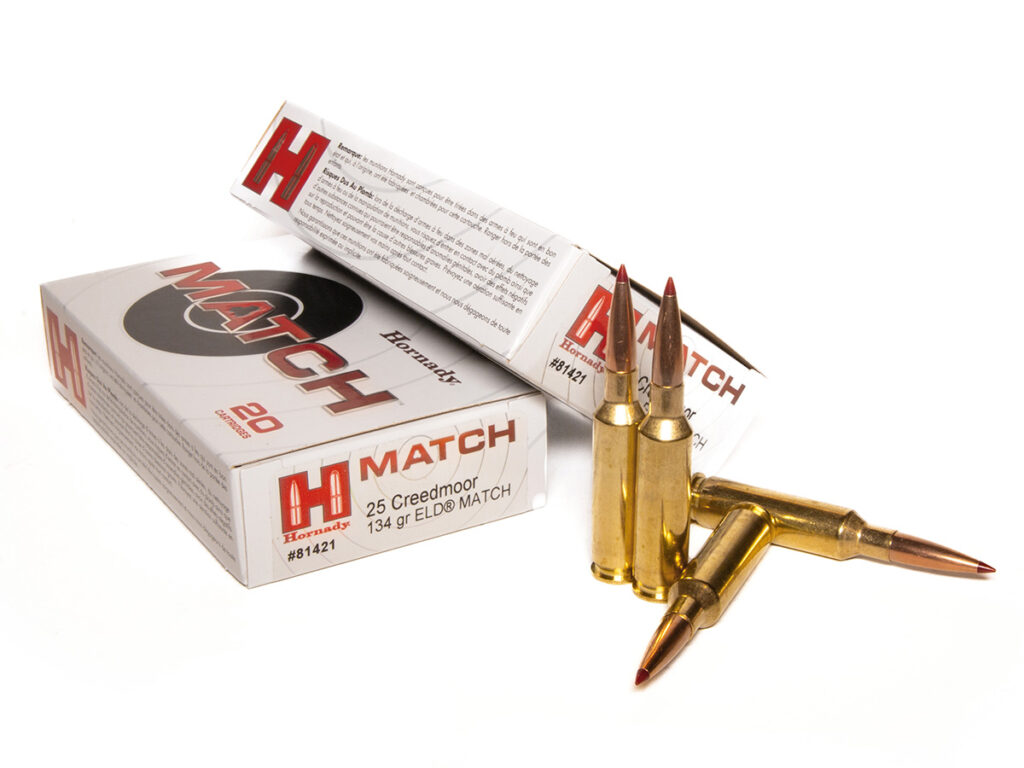

The .25 Creedmoor offers great varmint and predator application with lightweight bullets. With bullets in the 85- to 100-grain weight range, it’s superb for antelope and deer, and with heavier bullets, it will also work for larger game. And finally, with the new, long and skinny, high BC 0.257-caliber bullets, the .25 Creedmoor is an excellent, flat shooting, low-recoil cartridge for recreational or competitive long-range shooting. The .25 Creedmoor has taken the dual-threat—varmint and big game—suitability of the quarter bore and expanded it into extreme long range, making it a true triple threat.
Arguably, the .25 Creedmoor is the best triple-threat cartridge ever created and ultimately approved by SAAMI. None of this is a surprise to me. It’s exactly what I envisioned back in 2015 when I made it.
Editor’s Note: This article originally appeared in the September 2025 issue of Gun Digest the Magazine.
Raise Your Ammo IQ:


